The ResMed AirCurve 10 ST BiPAP Machine is a hospital-grade bilevel ventilator designed for patients requiring higher-level respiratory support, including those with central sleep apnea (CSA), complex sleep apnea, COPD, or neuromuscular conditions. Unlike the AirCurve 10 VAuto, which focuses on auto-adjusting pressure support, the ST model provides a mandatory backup breath rate (Timed mode), making it ideal for patients with insufficient or irregular breathing efforts.
Resmed AirCurve 10 ST BiPAP Machine is a bilevel device with backup rate that provides exceptional synchrony, reducing the work of breathing so you remain comfortable and well-ventilated. It’s an ideal choice for reliable, cost-effective noninvasive ventilation when alarms are not required
🔑 Key Features of the AirCurve 10 ST
1. ST (Spontaneous/Timed) Mode
-
Spontaneous (S) Mode – Delivers bilevel pressure (IPAP/EPAP) only when the user initiates a breath.
-
Timed (T) Mode – Provides mandatory breaths if the user’s respiration rate drops below a set threshold (critical for central sleep apnea or hypoventilation).
-
ST Mode – A hybrid that allows spontaneous breathing but ensures a minimum backup rate if needed.
2. Adjustable Pressure Support (PS = IPAP – EPAP)
-
Helps improve ventilation by assisting inhalation while lowering exhalation pressure.
3. Integrated Humidifier (Optional ClimateLineAir Heated Tubing)
-
Prevents dryness with auto-adjusting humidity (if using ClimateLineAir tubing).
4. Advanced Data Tracking
-
SD card for detailed sleep reports (tidal volume, respiratory rate, AHI, leaks).
-
Optional AirView™ remote monitoring (for clinicians).
5. Comfort & Usability
-
Ramp feature for gradual pressure increase.
-
Whisper-quiet operation (~26 dB).
-
Easy-to-use LCD interface.
🩺 Who Should Use the AirCurve 10 ST?
✔ Central Sleep Apnea (CSA) – Patients who stop breathing due to lack of respiratory effort.
✔ Complex Sleep Apnea (Mixed OSA + CSA).
✔ COPD & Hypoventilation Syndromes (e.g., OHS).
✔ Neuromuscular Disorders (e.g., ALS, muscular dystrophy).
✔ Post-Surgical or Respiratory Failure Patients (in some cases).
🆚 AirCurve 10 ST vs. VAuto vs. Ventmed DS8 ST30
| Feature | AirCurve 10 ST | AirCurve 10 VAuto | Ventmed DS8 ST30 |
|---|---|---|---|
| Modes | ST, S, T | VAuto, S, CPAP | ST, S, T |
| Backup Rate | ✅ Yes (Critical for CSA) | ❌ No (VAuto has optional TiControl) | ✅ Yes |
| Auto-Adjusting EPAP | ❌ No | ✅ Yes | ❌ No |
| Humidifier | ✅ Integrated (optional ClimateLine) | ✅ Integrated | ✅ Built-in |
| Best For | Central apnea, COPD, OHS | Severe OSA, COPD (auto-adjusting) | Budget BiPAP with ST mode |
✅ Pros & ❌ Cons
✅ Advantages
-
Mandatory backup rate (essential for central apnea).
-
High-quality ResMed reliability & quiet operation.
-
Excellent data tracking & remote monitoring (AirView).
❌ Disadvantages
-
Not auto-adjusting (unlike VAuto).
-
More expensive than basic BiPAPs.
-
Requires professional titration (settings must be precise).
💰 Where to Buy?
-
DME (Durable Medical Equipment) Suppliers (e.g., CPAP.com, The CPAP Shop).
-
Sleep Clinics/Hospitals (often prescribed for complex cases).
-
Prescription required (FDA-cleared).
🔧 Maintenance Tips
-
Use distilled water in the humidifier.
-
Replace filters monthly.
-
Clean mask, tubing, and chamber weekly.
-
Check SD card data regularly for therapy efficacy.

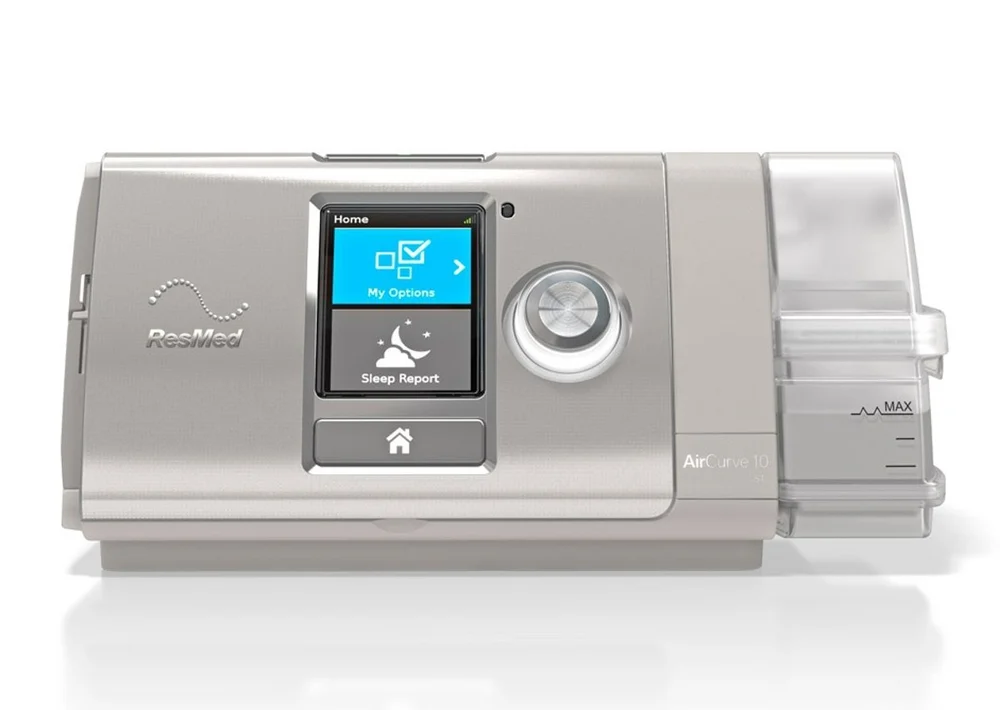
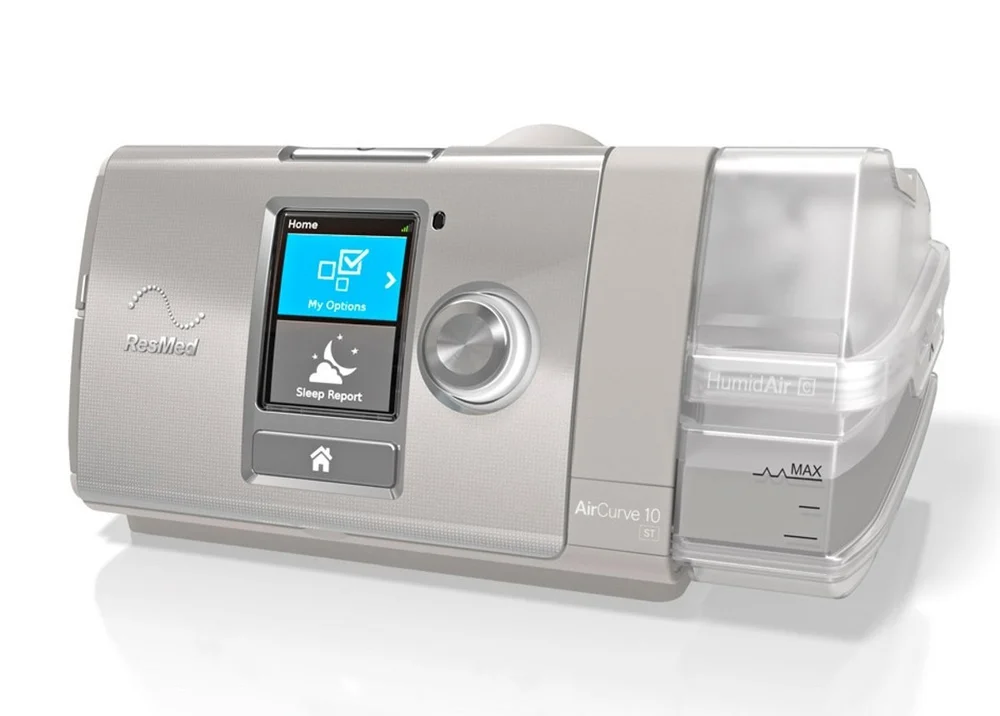
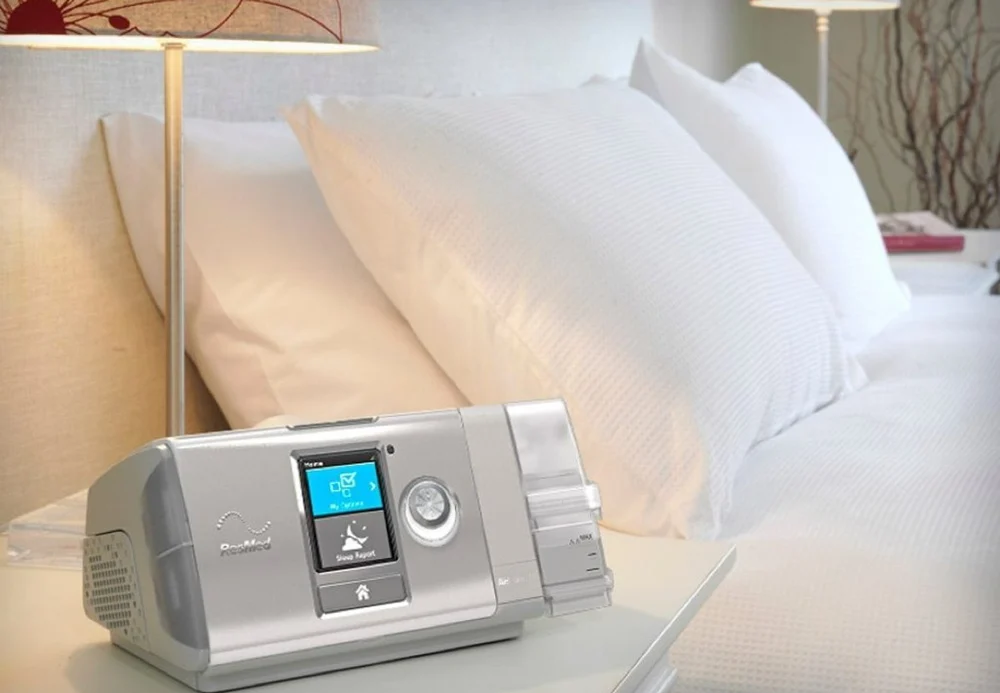
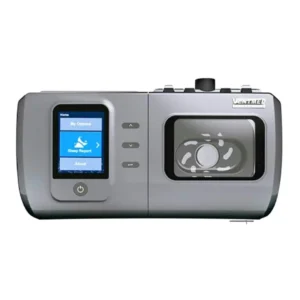
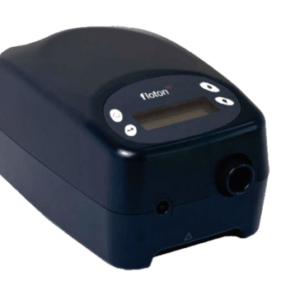
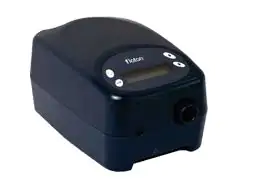
Reviews
There are no reviews yet.